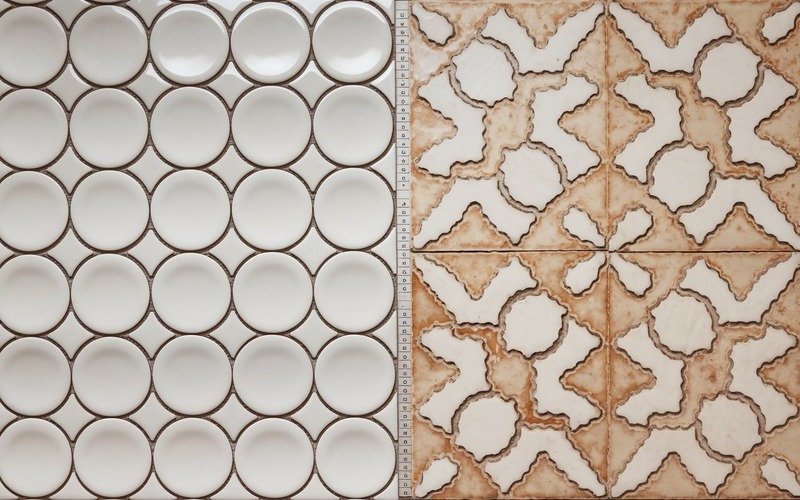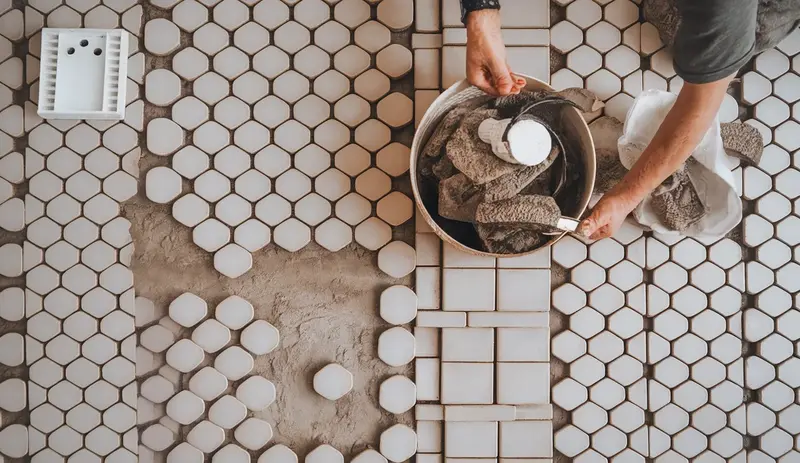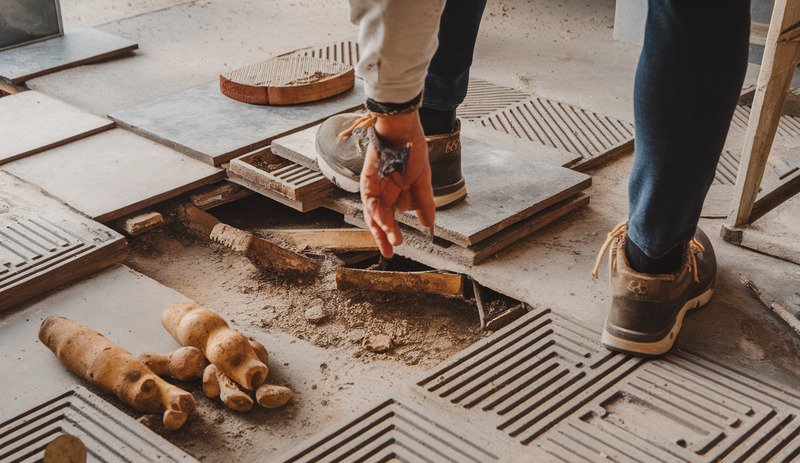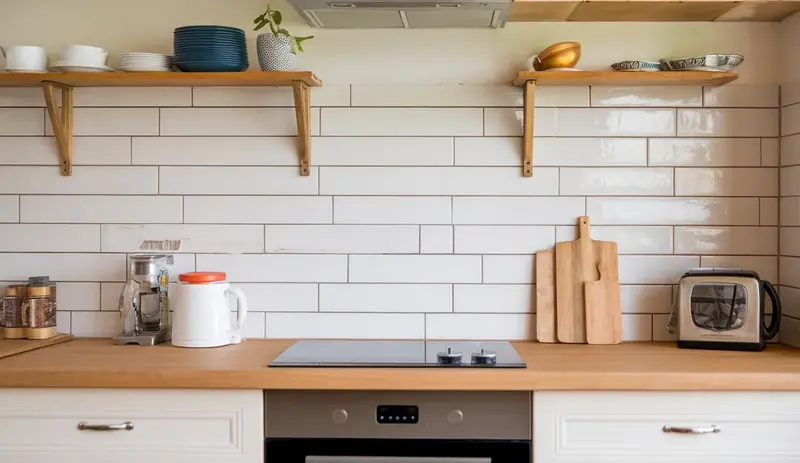You’re standing in the tile aisle of your local home improvement store, surrounded by hundreds of options. Two terms keep jumping out at you: porcelain and ceramic. They look similar, feel similar, and honestly? You’re completely confused about which one to choose. Is there really a difference, or are salespeople just trying to sound fancy?
Great news! There’s definitely a difference between porcelain and ceramic tiles, and understanding these differences can save you time, money, and potential headaches during your home renovation. We’ll break down everything you need to know in a way that actually makes sense.
Ceramic vs. Porcelain Tiles: Understanding the Basics
After years of experience working with flooring substances, I can assure you that choosing between ceramic and porcelain tiles isn’t as complicated as it might seem.
Both are excellent alternatives for home flooring, and understanding their differences can help you make an informed decision.
What Are Ceramic and Porcelain Tiles?
Both ceramic and porcelain tiles begin with clay, making them similar yet distinct. Porcelain is essentially a more refined type of ceramic tile. Think of it like a 600 °F cake compared to a 400 °F cake in the world of ceramics. In Plano, Texas, many homeowners are discovering the nuanced differences between these two tile types.
Manufacturing and Structural Differences
Porcelain tiles are made with a more purified clay mixture, often including feldspar, which creates incredible hardness and durability. Traditional ceramic tiles use a standard clay composition and are fired at lower temperatures. The key difference lies in their construction and density.
You May Be Interested In: How to Plan Tile Installation Around Existing Fixtures?
Performance and Durability
Porcelain tiles are practically impenetrable, with an absorption rate below 0.5%. They are titans of durability, strong and resistant to impacts. For home renovations, porcelain is the go-to choice for high-traffic areas and spaces that require maximum resilience.
Ideal Applications for Each Tile Type
Ceramic tiles work best for:
- Indoor walls
- Low-traffic bathrooms
- Stylish backsplashes
Porcelain tiles excel in:
- Kitchen floors
- Outdoor patios
- High-traffic entryways
- Commercial spaces
Cost Considerations
Ceramic tiles typically cost between $5 and $15 per square foot, while porcelain ranges from $10 to $30 per square foot. Installation adds $4 to $7 per square foot.
Despite the higher upfront cost, porcelain often proves more economical in the long run due to its durability.
Installation and Maintenance
Porcelain tiles require special tools and expertise to cut, typically needing a wet saw with a diamond blade.
Maintenance is relatively simple: regular sweeping, occasional mopping with a pH-neutral cleaner, and prompt spill cleanup. Porcelain rarely needs sealing, while ceramic tiles may require periodic sealing.
Making Your Final Choice
Selecting between ceramic and porcelain isn’t about finding the “perfect” tile, but finding the right tile for your specific space, budget, and long-term plans. Consider your specific needs, traffic patterns, and aesthetic preferences when making your decision.
Final Words
Choosing between porcelain and ceramic tiles comes down to your specific needs and budget. Porcelain excels in high-traffic areas and wet environments due to its superior durability and water resistance, while ceramic offers great value for low-traffic indoor spaces.
Consider your project’s demands: heavy foot traffic and moisture exposure favor porcelain, while decorative indoor applications work well with ceramic. Factor in both upfront costs and long-term maintenance when making your budget decision.
Take time to evaluate your space and don’t hesitate to consult with a professional like Star Tiles and Surfaces for complex installations or if you’re unsure about your specific requirements. The right choice will serve your home well for years to come.





